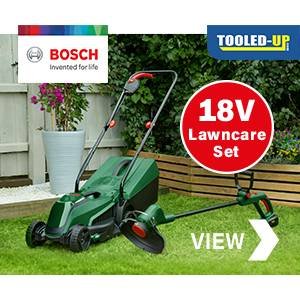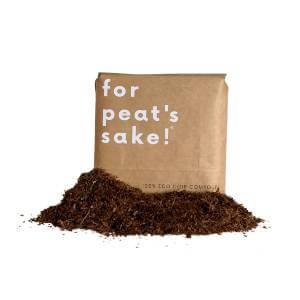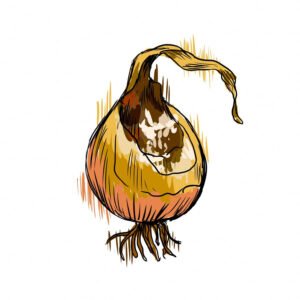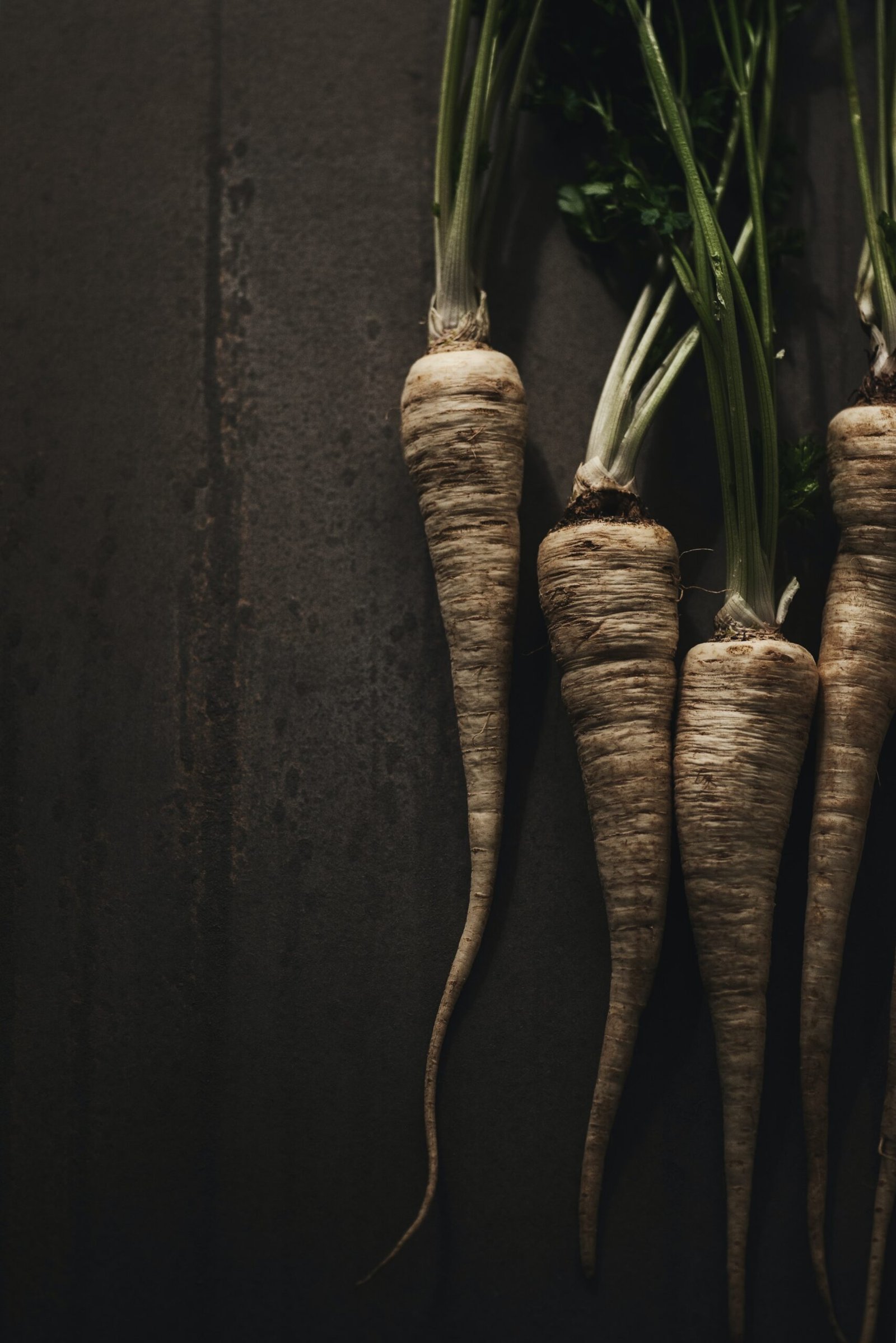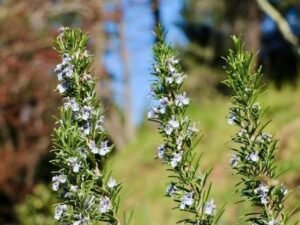Plants in Bloom this month?
Bergenia
Chionodoxa
Crocus
Eranthis
Erythronium
Galanthus
Helleborus
Hyacinthus
Iris
Muscari
Narcissus
Polyanthus
Saxifraga
Scilla
Tulipa kaufmanniana
Camellia japonica
Chaenomeles japonica
Corylopsis
Daphne mezereum
Forsythia
Hamamelis
Lonicera fragrantissima
Magnolia stellata
Mahonia
Parrotia
Pieris japonica
Prunus cerasifera
Spiraea thunbergii
Aphelandra
Begonia semperflorens
Cyclamen persicum
Impatiens Petersiana
Saintpaulia
Calceolaria
Cineraria
Clivia
Freesia
Hippeastrum
Mimosa
Primula

Early Spring
General Tasks and Maintenance
- Complete any general digging in beds and borders.
- Use weed killer to kill weeds on paths and driveways.
- Place slug pellets under the foliage of susceptible plants.
- Ensure plants are securely tied up.
- When watering – rainfall is the best type of water for flowers as tap water is slightly alkaline. Alternatively, use water from a water butt that can be attached to your home’s gutters, an outhouse or greenhouse to collect the water. It saves on your water bills and is also better for your plants.
- Complete ordering your seeds as soon as possible, some varieties may be in short supply, and it’s best to get them before they sell out.
- Additionally, those that after inspection will need repotting, if needed, in a pot one size larger.
- It’s a good idea to have a tidy up of your garden, removing debris, especially around flower borders and beds, ensuring that they are back to their bare soil. Place organic debris/leaves into a compost pile or a bin to break down.
- Whilst doing this, it’s good to remove any weeds you can see around; and make sure that these are either burnt or added to a brown bin. To prevent long term problems, make sure you don’t compost these weeds as seeds, as they can call germination problems.
- With all this cleaning, it’s the perfect time to get your compost area ready; you can either make your own with wood that adds a natural look to your garden; but if you don’t have time, you can also buy a ready-made compost bin.

Early Spring
Houseplants
- Give a little more water to plants as the days are lengthening.
- Move delicate plants or those in flower from south-facing to west-facing windows.
- Apply liquid fertiliser sparingly to plants in bud or flower.
- Prune climbers by cutting out weak or diseased shoots. Tie in long growths and remove dead leaves.
- Pot on plants that have become too big for their pots.

Early Spring
Gardens and in the Garden
Patio areas
- Purchase and choose pots and containers that will be suitable for patio gardening.
- Ensure window boxes are securely fastened and that drip trays are added.
- Position container plants to prominent positions to allow growth, and flowers pollinate and Bloom.
- Ensure wooden boxes and planters are treated/painted and maintain if required.
- Use drainage solutions such as crocks and polystyrene at the bottom of containers before adding soil.

Early Spring
Kitchen Garden
Fruit
- Plan your fruit garden and plant out when the weather conditions allow.
- Firm up any soil around trees that the frost may have loosened.
- Complete pruning of any trees and bushes.
- Feed any bushes and trees that are established.
- Spray fruit trees such as apples, cherries, damsons, nectarines, pear, plums and peaches.
- Train any new shoots that form on loganberries and blackberries.
- Plant raspberries and strawberries.
Vegetables
- Sow Brussel sprouts seeds for your maincrop.
- Sow Parsnips
- Plant early potatoes in the south during the middle of the month.
- Sow Salad Onions.
- Sow Radishes.
- Sow late Summer Cabbage seeds.
- Sow early variety Peas.
- Sow leeks.
- Sow Summer varieties of Spinach.
- Continue to sow Shallots.
- Plant Asparagus and dress the beds with manure.
- Plant Jerusalem Artichokes.
- In the Greenhouse – Sow Carrots.
Herbs
- Prepare the seedbed when the temperature increases.
- Sow chervil, chives, dill, parsley and sorrel in small quantities.
- Split up bergamot and sorrel.
- In the greenhouse – Sow Basil into a propagation box and keep at 13-15 degrees.

Early Spring
Trees, Shrubs and Hedges
Trees and Shrubs
- During good weather, plant deciduous trees and shrubs.
- Top dress new and young plants using peat, compost and manure.
- Plant out wall climbing plants and clematis.
- Plant evergreens at the end of the month.
- Prune shrubs damaged from the cold weather by cutting out the deadwood.
In the Greenhouse
- Sow seeds of clematis and other shrubs in a cold frame or a cool greenhouse.
- Prick out seedlings into small pots.
- Water well during dry weather.
Hedges
- Plant all types of hedges apart from broad-leaved evergreens.
- Space evenly and ensure the holes are dug big enough for the roots.
- Remove any weeds.

Early Spring
Flowers and Plants
Hardy Herbaceous Plants
- During a dry day, dig and rake over the ground and spread fertiliser.
- Purchase new plants from trusted websites and nurseries and put the roots in water if the new plants are dry.
- During mild weather, plant seedlings, plant new plants and replant anything you have been waiting to do.
- Dig out any weeds that you notice.
- Keep an eye out for slugs.
Perennials
Carnations and Pinks
- Order seeds and plants.
- Prepare beds for the Spring.
- Plants that you planted in the Autumn scatter with potash or ash.
- Spray against caterpillars, aphids, thrips and carnation flies.
- In the greenhouse – pick out seedlings of carnations. Spray against common pests.
Chrysanthemums
- Prepare the ground by digging over and adding manure to prepare for April/May.
- Test the soil acidity.
- In the greenhouse – If you live in the south, you can move your plants from the greenhouse to a cold frame. Begin to take cuttings and root them into pots.
Dahlias
- Prepare the ground, adding bone-meal.
- Choose a place in your garden where your Dahlias can get full sun and aren’t competing against other plants.
- In the greenhouse – bring old tubers out from storage and spray with water to encourage new growth. Sow Dahlia seeds.
Gladioli
- Plant gladiolus corms in border beds roughly 2 inches deep. Plant in successions to create continuous flowering.
Irises
- Pull off any dead leaves and compost.
- Dig over the soil around the plant, apply fertiliser and sprinkle slug pellets.
- If you notice diseased plants, remove the affected parts and burn (do not compost).
Lilies
- Protect from frost by placing it into cloches or the greenhouse.
- If you live in the south, you can begin to sow lily seeds.
- Plant out lily bulbs.
- In the greenhouse - Stop feeding lilies when the buds are beginning to open.
Roses
This season for your roses is all about preparation; all the effort that you put in now will mean that in the growing season, you will hopefully see yourself with fewer problems, youthful growth, strong, shapely bushes and masses of blooms.
- Complete planting of roses. “For the best results, plant roses on a calm, cloudy day. Planting on a hot, sunny day or during a summer heatwave can stress a rose bush or any type of plant,” says Bedard.
- Cut out any diseased and frost-damaged leaves and stems from all of your roses.
- Feed your Roses with Epsom salts and magnesium.
- Roses have a tendency to get fungus diseases. Ensure that you purchase disease-resistant plants that are suited to your area. Spraying in the Spring is something to be considered.
- Lime sulfur is a good choice for spring spraying. It will generally kill any fungus spores like “black spot” that may have overwintered.
- An additional spray of horticultural oil will smother any insect eggs and larva.
Annuals
Alpines
- Firm up soil around plants if the frost has loosened the soil.
- Put slug pellets under foliage.
- Plant any purchased alpine plants.
- In the greenhouse – plant out root cuttings into pots. Sow seeds and keep them in a cold greenhouse or frame.
Bulbs
- Now is the time you can appreciate bulbs and the colour they bring to the garden.
- Remove flower heads from daffodils when they finish flowering.
- Plant out bulbs that have finished flowering
- Split and replant Snowdrops.
- In the greenhouse – Water and feed flowering Hippeastrums and clivias.
Flowers from Seed
- Purchase flower seeds for the upcoming year.
- Plant out hardy perennials that you grew from seed.
- Prepare the outside flower beds digging over the soil, and adding fertiliser.
- Sow seeds in rows thinly and thin out further when 2 to 3 leaves are showing.
- In the Greenhouse – Sow half-hardy annuals. Protect tender plants from any frosty weather.
Heathers
- Prepare the soil by removing weeds, digging over and adding peat and bone-meal fertiliser.
- Plant heathers between now and May in an open position with neutral or acid soil (except species that are lime tolerant)
- Propagate heather by taking cuttings.
Rhododendrons and Azaleas
- Prepare the ground, ready for planting.
- Begin planting as soon as the weather has warmed up and the temperature stays above freezing.
- Keep new plants well watered.
Sweet peas
- Plant out seedlings sown in the Autumn.
- Place slug pellets around plants.
- In the greenhouse – Sow seeds for the Spring.

Early Spring
Greenhouse and Cloches
Spring is the perfect time to clean everything up; to ready your greenhouse by giving it a good clean – cleaning the algae and other grime from the outside with disinfectant or detergent; this will help let in more light during summer.
Cleaning the inside is also a good idea, especially making sure you try to clean everywhere as pests and diseases from Winter can and will survive anywhere they can.
Owners of a greenhouse can start sowing seeds indoors; the best plants to start sowing are alyssum, nemsia, stocks, asters, marigolds and petunias.
- Pot on any over-wintered annuals.
- Remove any dead and old wood from plant shoots.
- Begin to sow tomatoes in the greenhouse.
- Prick out seedlings as and when required.
- Control pests by spraying regularly.
- Plant hippeastrum bulbs into pots.
- Pot on Begonias and gloxinias.
- Ensure there is sufficient ventilation and feed with liquid plant food.

Early Spring
Pond, Water plants and Rock Plants
If you notice ice still on the surface of your pond, you mustn’t start cleaning! Likewise, never try to speed up its thawing process by removing the ice from the pond. This ice still means that your pond is in ‘winter mode’, so it is best to wait.
The second method we recommend is with a pond thermometer; if the water is below 10°c, you should wait before removing heaters, adding beneficial bacteria. Once the temperature has risen above 10°c and there is no more ice, your fish should become slightly more active – it is now safe to start your maintenance, feeding fish slowly adding more in relation to the temperature.
- Clean, clean, clean! Do this as early as possible, ideally before plants develop and pond creatures begin to breed. This clean should remove any debris or sludge built up at the bottom over the winter months. It is also good to note that leaving a small amount of this will provide good bacteria for your garden.
- During a frost-free day, remove ¾ of the water and replace it with fresh water.
- Take netting off the pond. If you didn’t place mesh over your pond during the Winter, remove debris like leaves.
- Remove any old foliage from pond plants and any algae.
- Remove any pond heaters and add pumps and lighting systems.
- Looking after your Pond Fish – Now is a good time for treating your fish for parasites or any infections that they may have; during the winter months, some fish such as koi tend to slow down it makes them more vulnerable. We recommend using praziquantel – eliminating internal and external parasites and bonuses you can also use in your winter routine! For the treatment of your fish with bacterial infections, open sores, damaged fins, or ulcers, we recommend a bacterial infection remedy – ‘API Pond Melafix, Fish Bacterial Infection Remedy’.
- Begin to start feeding your fish again – little and often.
- Plants will now respond and grow well as the water starts to warm up. If you already have new pond plants, begin to plant them in mild areas or leave until late Spring if you are in a colder place.
- If you haven’t managed to order any new aquatic plants, start to have a look online or in garden centres.

Early Spring
Lawn
Now that early Spring is upon us, and it’s time to catch up on any maintenance or repair work that you missed or couldn’t do in Autumn. It’s time to get your lawn back on track and come to life.
New Lawn
- Rake the seedbed and apply lawn fertiliser. Sow lawn seed following the instructions on the packaging.
- Mow the lawn when roughly 3 inches in length.
An established lawn
- Apply seeds to any areas of grass that are worn.
- Keep moss down by ensuring sufficient drainage and rake areas where there’s a lot of moss.
- The grass will begin to start growing again, mow the lawn regularly.
- For the first few cuts, if your lawnmower allows, set to the highest setting to keep the grass greener.

Early Spring
Wildlife
- To prepare for the Spring broods, clean and repair or purchase nesting boxes that you have around your garden.
- Attach any new bird boxes to the north side of trees.










